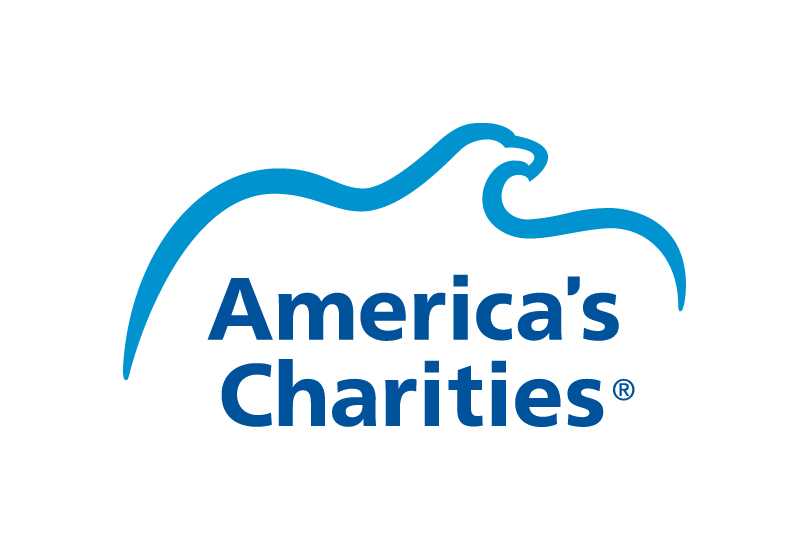Employee Giving is Alive and Thriving
Employee Giving is Alive and Thriving
On December 22, the Nonprofit Quarterly published an article announcing that “another workplace giving campaign loses steam” in reference to the federal government’s Combined Federal Campaign (CFC) – the largest workplace giving campaign in the country. The articles points to several potential contributing factors such as the rise of donor advised funds, the increasing influence of millennials in the workplace and perhaps that workplace giving has outlived its effectiveness.
Our experience at America’s Charities has been quite the opposite. In fact, like one of the article commenters, our employee giving clients continue to see growing returns with their programs. Employee giving programs are changing – not dying. Organizations that embrace these changes while continuing to practice tried-and-true methods will continue to grow the impact they deliver to nonprofits and as a result communities across the planet. For example, the article correctly points to the proliferation of technology and its impact on fundraising. It’s true that the vast majority of growing workplace programs are leveraging technology. We at America’s Charities embrace that trend with our partner Causecast to offer solutions that speak to what employees expect – from social media integration to crowdfunding.
While technology continues to grow and other trends shape employee giving programs (like the increased importance of volunteer programs), the basics continue to matter. Employee giving programs that don’t embrace that typically experience declining results. The three simple steps are: Motivate, Ask and Thank.
The first step is to motivate employees to participate. The primary ingredient of this step is inspiration and effective storytelling. Successful programs communicate the impact of an employee and his/her contribution. Our Guide to Exceptional Storytelling can be found at https://www.charities.org/Exceptional-Storytelling-Made-Easy.
The second step is to simply ask. The number one reason someone donates is because he or she is asked. And effective programs ask in many ways – leveraging all communication channels as well as face-to-face. Perhaps this is a contributing factor to the decline in the CFC, as one commenter noted a decrease in the people involved in the program, hence less visibility. Some have also suggested that millennials may not be motivated by employee giving programs. Our experience doesn’t support that, as one organization we worked with increased its employee giving participation from 21% to 51% and increased funds raised seven times. Their workforce is 85% millennials – so yes, millennials can and do engage with employee giving programs.
Lastly, it’s important to thank and effectively steward employee donors. They need to know their engagement makes a difference. Engage your nonprofit partners in this step to really show that employees’ contributions are appreciated and valued. Our Employee Donor Cultivation Toolkit has best practices and examples of this donor engagement cycle: https://www.charities.org/Employee-Donor-Cultivation-Toolkit-for-Nonprofits.
In closing, I want to highlight the observations of another commenter on the article. It was noted that the campaign is not yet complete and final results won’t be known until January or February – and that it is expected that the campaign will actually increase over the prior year. As noted, the CFC has introduced changes to the program, including technology, that we hope will contribute to reviving this incredibly valuable program to the nonprofit community – and most importantly, to those they serve.



